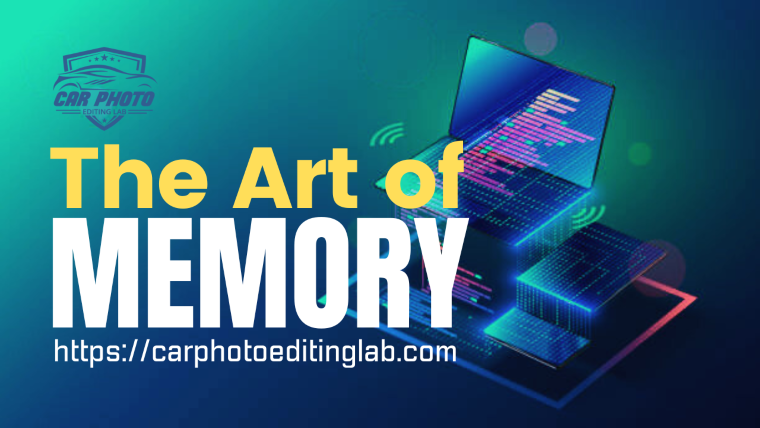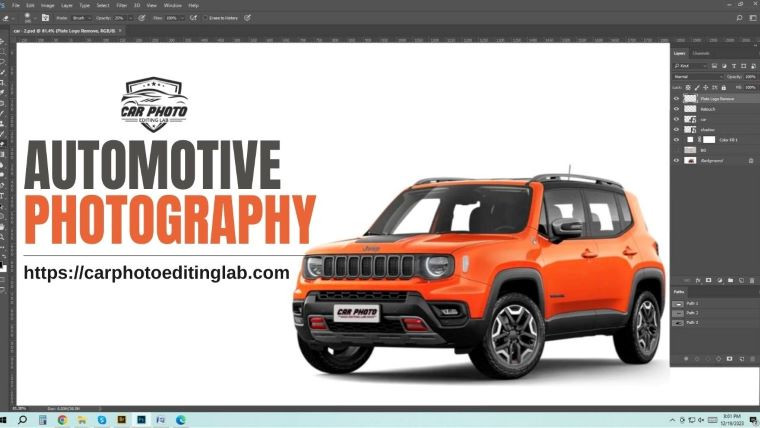-
Contact us with Whatsapp:
+8801734997063 -
Mail Us:
[email protected] -
Service Hours
24/7
The Art of Memory: Do You Store Images in Your Mind?

May 2024
- 08 May 2024
- Business Solution
- 0 Views
The Art of Memory: Do You Store Images in Your Mind?
The Art of Memory: Do You Store Images in Your Mind?
In the vast and intricate landscape of the human mind, memory stands as one of its most remarkable and enigmatic features. It's the repository of our experiences, the canvas on which our lives are painted, and the lens through which we perceive the world. Yet, how does memory operate? What role do images play in this intricate process of recollection and cognition? Let's embark on a journey into the depths of memory and explore the fascinating question: Do you store images in your mind?
At the heart of human memory lies a complex interplay of neural networks, synaptic connections, and cognitive processes. While much remains to be unveiled about the mysteries of memory, researchers have identified various forms of memory, each with its unique characteristics and mechanisms. Among these forms, visual memory stands out as a pivotal element in our ability to recall and recognize objects, scenes, and faces.
Think about a cherished childhood memory, perhaps a family vacation to a scenic destination. As you close your eyes and reminisce, vivid images start to materialize in your mind—the azure sky stretching endlessly above, the emerald waves crashing against the shore, and the laughter of loved ones echoing in the salty breeze. These images are not mere figments of imagination but fragments of reality preserved in the intricate tapestry of your visual memory.
But how do we store and retrieve these images? The process involves a remarkable interplay of sensory perception, attention, encoding, storage, and retrieval. When we encounter a visual stimulus, such as a breathtaking landscape or a familiar face, our sensory organs capture the information and transmit it to the brain. Here, the information undergoes a series of complex transformations, as neural circuits encode and consolidate the visual input into memory traces.
One of the most intriguing aspects of visual memory is its capacity to preserve detailed information over time. Studies have shown that our visual memory can retain remarkably precise representations of objects and scenes, enabling us to recognize them even after prolonged intervals. This phenomenon, known as long-term visual memory, underscores the enduring nature of our perceptual experiences and their profound impact on our cognitive architecture.
Moreover, visual memory is not limited to the mere reproduction of static images. It encompasses dynamic processes that allow us to mentally simulate movements, transformations, and spatial relationships. For instance, when recalling a familiar route through the city, we don't just retrieve a sequence of static snapshots but reconstruct a dynamic mental map, complete with landmarks, intersections, and directional cues.
The significance of visual memory extends beyond the realm of personal recollection. It plays a pivotal role in various cognitive tasks, ranging from problem-solving and decision-making to creativity and imagination. Artists, for instance, rely heavily on their visual memory to conjure up intricate images and compositions, drawing inspiration from their inner reservoir of sensory experiences.
Furthermore, visual memory intersects with other cognitive faculties, such as language, emotion, and attention, enriching our perceptual experiences and shaping our subjective reality. Consider the profound impact of visual imagery in literature, where authors employ vivid descriptions and evocative language to paint immersive worlds in the minds of readers. From the haunting landscapes of Tolkien's Middle-earth to the bustling streets of Dickensian London, visual imagery infuses literature with depth, resonance, and emotional resonance.
However, despite its remarkable capacities, visual memory is not infallible. Like all forms of memory, it is susceptible to various distortions, biases, and limitations. Illusions, false memories, and perceptual errors can distort our recollection of past events, leading to inaccuracies and misconceptions. Moreover, the selective nature of attention and encoding processes can result in the omission or distortion of relevant visual information, further complicating the process of memory retrieval.
In the age of digital media and ubiquitous screens, the dynamics of visual memory are undergoing profound transformations. The proliferation of images, videos, and virtual environments has expanded the scope and complexity of our visual experiences, challenging traditional notions of memory and perception. From social media feeds teeming with snapshots of daily life to immersive virtual reality simulations, modern technologies are reshaping the landscape of visual culture and cognition.
Amidst these changes, it becomes imperative to reflect on the nature of our visual memories and their role in shaping our identities, relationships, and societies. How do we navigate the deluge of visual stimuli that inundates our senses on a daily basis? How do we cultivate mindfulness and intentionality in our engagement with visual media? How do we preserve and cherish the authenticity of our lived experiences amidst the clamor of digital imagery?
In conclusion, the question of whether we store images in our minds transcends mere cognitive inquiry; it speaks to the essence of human perception, consciousness, and creativity. Our visual memories are not just repositories of past experiences but windows into the soul, reflecting the beauty, complexity, and diversity of the human experience. As we navigate the intricate tapestry of memory, let us cherish the images that adorn its canvas, for they are the threads that weave the fabric of our lives.
Top of Form
























1 Comment
Bella
29 May, 2025 01:55 AMAwesome postings Appreciate it. casino en ligne You have made your stand very effectively.. casino en ligne France Fine knowledge With thanks! casino en ligne Well voiced truly. . casino en ligne fiable You actually suggested this adequately. meilleur casino en ligne You said it nicely.. casino en ligne France Excellent information Appreciate it. meilleur casino en ligne Thanks! A lot of write ups. casino en ligne France Awesome posts, Thanks a lot! casino en ligne fiable With thanks, Loads of content! casino en ligne France